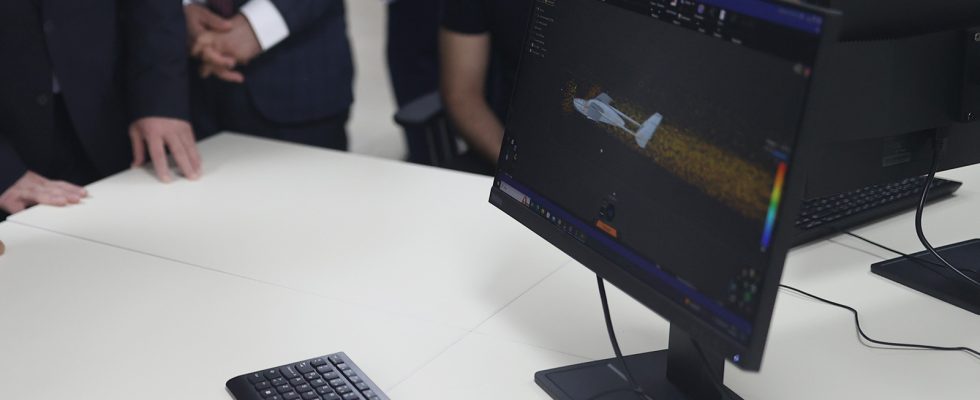Turkish Aerospace Industries continues to increase its cooperation in the field of R&D. TUSAŞ Space Sciences and Satellite Technologies Laboratory, located in Erciyes University Faculty of Aeronautics and Space, was opened with a ceremony attended by Hulusi Akar, Minister of National Defense of the Republic of Turkey.
In the laboratory, where 20 researchers will work, advanced R&D solutions to be used on unique platforms developed by Turkish Aerospace Engineers will be developed together with academicians and students.
Collaboration of Turkish Aerospace Industry and Erciyes University
Within the scope of the protocol, studies that will form the basis of very important projects such as the analysis of composite parts used in satellites, the analysis of aggressive orbital capability and the development of algorithms to obtain optimal orbit, and the development of open source code software will take place.
The signed protocol also includes training graduate students and postdoctoral researchers working on strategic issues for the company, developing undergraduate graduation projects and providing project scholarship opportunities for students.
In addition, 5,000 cores will be allocated from a total of 70,000 core computer systems owned by Turkish Aerospace Industries for advanced R&D studies to be carried out in this laboratory.
Sharing their views on academic cooperation Turkish Aerospace Industry General Manager Prof. Dr. Basic Coil;
“Türkiye is a dynamic country with its young population. We are trying to benefit from our youth by establishing important collaborations with our universities in the field of defense industry. In fact, we mature our R&D studies together with up-to-date information in the laboratories we opened at universities.
Thus, our universities become a part of the TAI family. With the cooperation protocol we signed recently, Erciyes University in Kayseri joined our family. I would like to thank all the academicians and my colleagues who contributed to this cooperation.”
